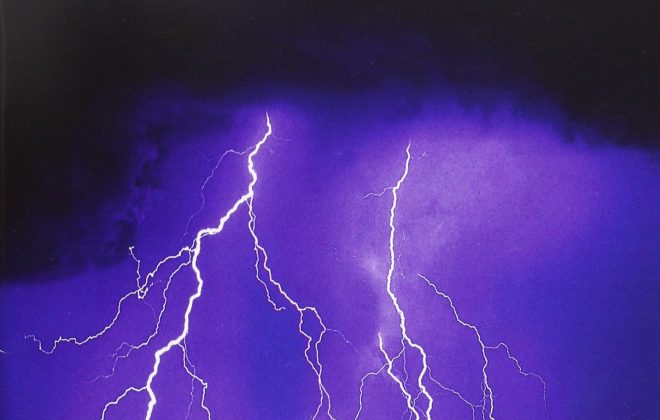
The Correct Use of Extension Leads
It’s always the way: we want to use more appliances than we have wall sockets or the wall socket is too far away from where we want our electrical kit. So we solve the problem by using an extension lead. The first thing to remember is that you are plugging into a single socket, so you have to divide the capacity of that socket by the number of sockets on your extension lead. Most wall sockets have a capacity of 3000 Watts so if you have a 4 gang extension lead think that the capacity of each of these will be 750W. In reality this is only the case if you are using all the appliances plugged into the extension lead at the same time. Another safety point to consider is that most of us use double sockets on the wall and although both sockets will have a 13A rating, it is advisable if one socket is drawing near maximum current then we use the other one for smaller appliances to help reduce the risk of overheating the socket unit. If you have a place of business it is worth considering installing additional sockets if there is a reliance on extension leads and adaptors.
Some general pointers:
- It is generally considered that the use of a multi-way bar extension is better than a block adapter as these put less strain on the wall socket as some block adapters do not have a fuse which increases the risk of overloading and fire.
- Never plug an extension lead into another extension lead.
- Another trend with extension leads is surge protection. Surge protection is designed to protect sensitive electronic devices. These surges come from power or voltage spikes, however they become less effective over time and should never be used if the indicator light is not working.
- The other consideration is the fuse rating for the extension lead. Not all are 13A with 10A fuses being also used. They will have a different cable (CSA) which are designed for less current, so check what your maximum wattage is from your appliances, it should not be more than 2300Watts for a 10A extension lead.
So what other dangers are there?
- Cables can be damaged by being walked over or trodden on under desks, or continually being bent at the same point or stored badly.
- They can become trip hazards.
- Those leads on power tools can become tangled causing the increased chance of damage to the conductors.
- Even the overuse of multiple adapters or blocks will increase the risk of fire.
What are the danger signs to look for:
- A smell of hot plastic or burning near an appliance or socket
- Any sparks or smoke coming from a plug or appliance.
- Discolouration around a socket or plug.
- Any damage or fraying of leads
- If you can see any of the coloured wires inside the leads are showing at the plug etc
- Any sign of melted plastic on appliance casings or leads
- Fuses that blow or circuit-breakers that operate for no obvious reasons
(www.electricalsafetyfirst.org.uk)
Here are some simple rules to follow
- Only use ready assembled extension leads from recognised suppliers.
- Try not to use an extension lead that is longer than 15m.
- Only use extension leads with the correct insulated connectors and plugs.
- Always position the extension lead to reduce the risk of damage.
- If the cable is to cross any pathway it must be covered with a rubber protector strip.
- Check regularly to ensure that the leads, plugs and sockets have no damage.
- Always check that the extension lead contains the correct rating of fuse for the cable being used and the equipment being plugged into it.
- If using a cable drum extension lead, it should be completely unwound to avoid overheating. Some manufacturers have started to write the maximum Amp/Wattage for both unwound and wound usage, so follow their advice.
- Avoid using 2 Core extension leads – they are not earthed!
References:
www.electricalsafetyfirst.org.uk



